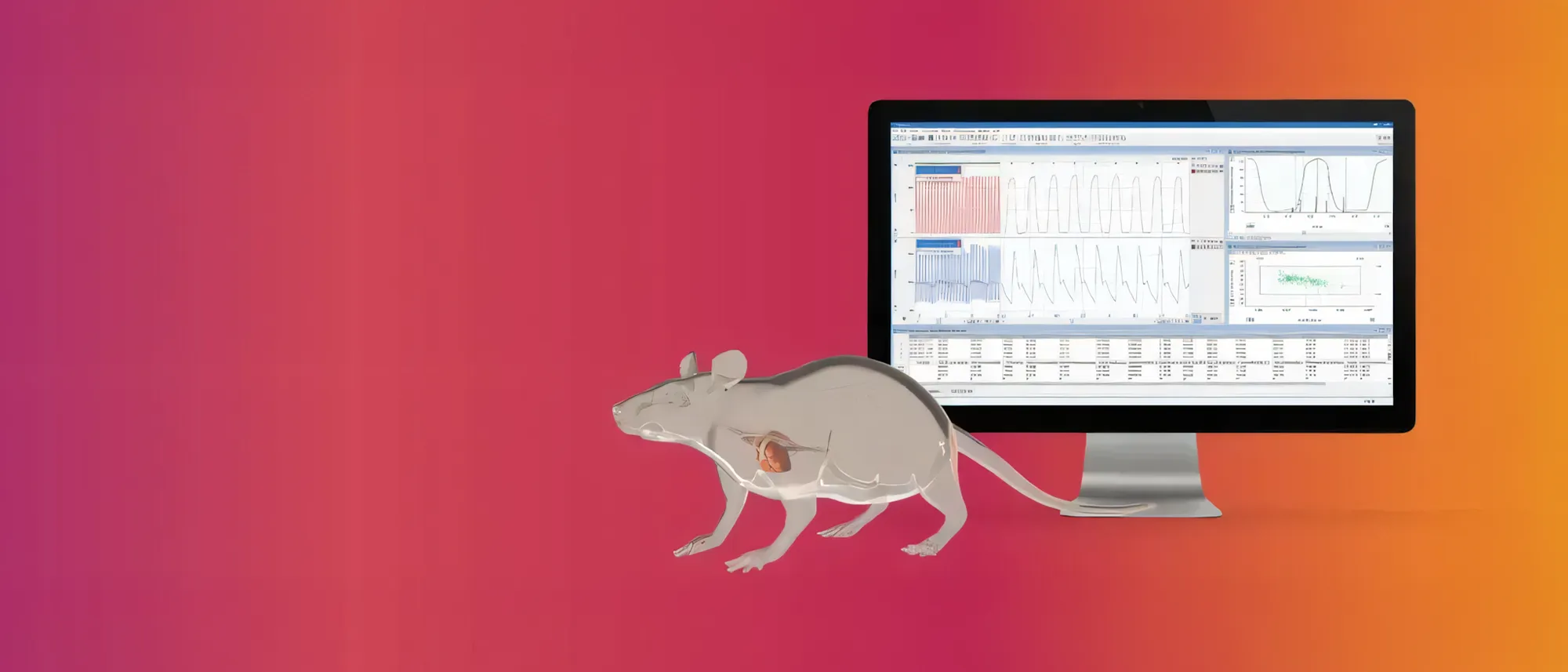FOR ANIMAL USE ONLY

With a combined 85+ years of experience, Millar’s strategic partnership with ADInstruments has expanded our global reach while ensuring researchers receive personalized, local support. Together, we’re committed to delivering high-quality instrumentation and world-class technical service to advance scientific discovery.
Millar’s electrophysiology (EP) catheters enable intracardiac and transesophageal pacing and recording to assess atrial and ventricular electrical activity in animals. Researchers can use these catheters for programmed simulation and arrhythmia induction, which are essential tools for characterizing transgenic phenotypes and studying cardiac disorders.

The ultra-miniature size of the Millar EP catheters allows them to be introduced invasively or minimally invasively to various sites of the animal, including: jugular vein for placement inside the right atrium and right ventricle, esophagus for placement next to the heart, or carotid artery for placement inside the left ventricle.

Millar’s electrophysiology catheters help determine key cardiac parameters, including conduction times, refractory periods, His potentials, sinus and atrioventricular nodal properties, and the inducibility of abnormal heartbeats.
| Model | EPR-800 | EPR-801 | EPR-802 |
|---|---|---|---|
| Product Number | 840-8145 | 840-8150 | 840-8214 |
| Subject | Mouse | Mouse | Rat |
| Length | 4.5 cm | 4.5 cm | 12.5 cm |
| Tip F Size | 1.1F | 1.1F | 1.6F |
| Body F Size | 0.8F | 0.8F | 1.1F |
| Acute/Implant | Acute | Acute | Acute |
| Volume Connector | Redel | Redel | Redel |
| Material | Nylon and Polyimide | Nylon and Polyimide | Nylon and Polyimide |
| Tip | Straight | Straight | Straight |
| Number of Electrodes | 8 | 8 | 8 |
| Lumen/Type | Cell | Samping/Slow-speed Injection | Cell |
| Electrode Spacing | 1 mm | 1 mm | 1 mm |
| Repairable | No | No | No |
Our EP catheters are used in pre-clinical research to study cardiac electrical activity by applying pacing and recording protocols either intracardially or transesophageally. These catheters help assess parameters like conduction times, refractory periods and inducibility of arrhythmias.
Millar’s electrophysiology catheters are designed for small animals such as mice and rats.
No. Millar EP catheters are reusable and non-sterile. They are intended for research use only and must be properly cleaned and handled according to lab protocols.
Millar offers EP catheters with multiple electrode configurations, typically with two or six platinum electrodes.
No. All Millar electrophysiology catheters are intended for animal research only and are not approved for clinical or human use.
For more information on how Millar and ADInstruments are working together to provide precise pressure and pressure volume research results, please download the Accuracy Matters brochure.

